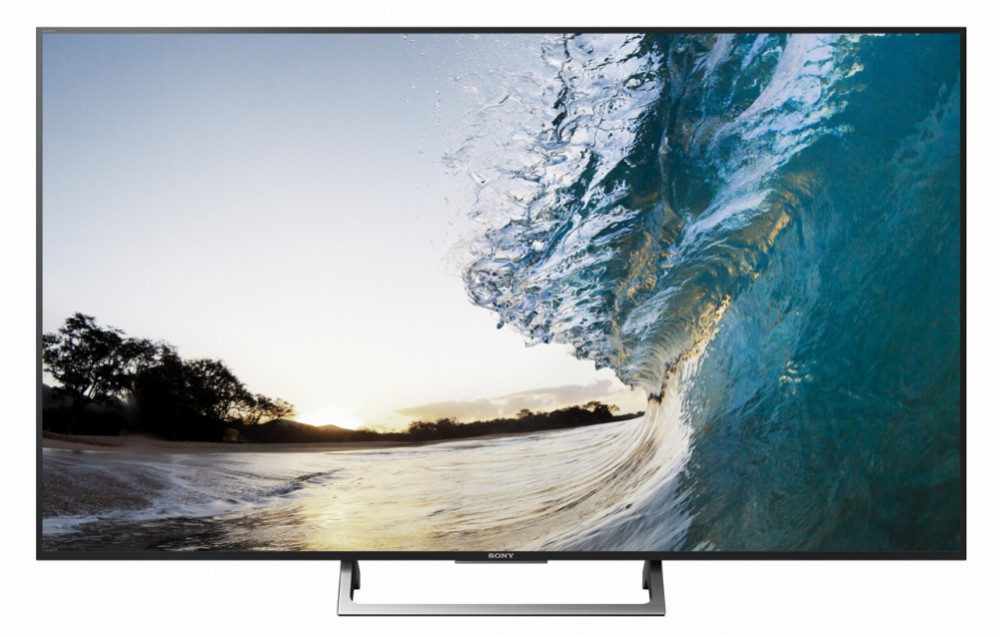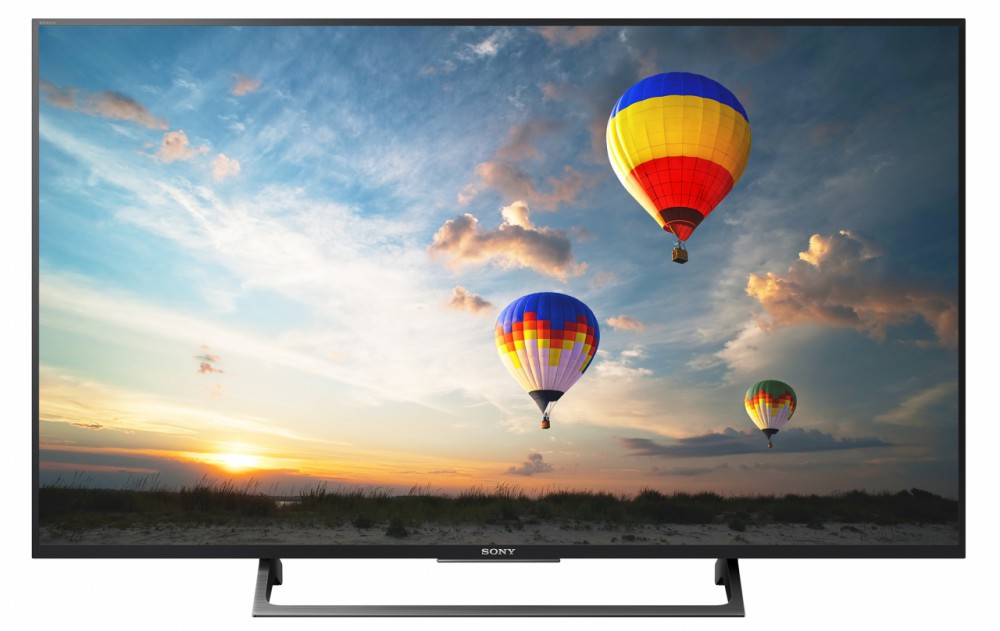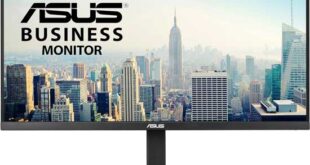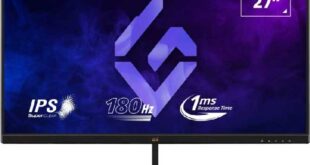Sony has announced the availability of three new series of BRAVIA Professional Displays with Ultra HD resolution and HDR. These new 4K HDR Displays series including XE90, XE85 and XE80 offers a total of nine different 4K HDR standalone displays.
All displays are equipped with TV tuners and are different from the consumer version in two ways.
The XE8 and XE9 series displays offer an elegant, slim and simple design with exceptional detail, color, and contrast. Following customer feedback the new XE9 models are also the first BRAVIA displays to include a 24/7 feature, making them ideal for retail environments, airports and surveillance applications.
The Sony XE90 series is higher among the two: includes FW-75XE9001 (75″), FW-65XE9001 (65″), FW-55XE9001 (55″) and FW-49XE9001 (49″) models. The panels are LCD with Full LED backlight. To manage all the high-end functions, there is 4K HDR Processor X1 with Object-based HDR remaster and Super Bit Mapping 4K HDR technology. The high dynamic range format support includes HDR10 and HLG (Hybrid Log-range) via a firmware update. All models also include Triluminos technology, and BRAVIA Professional Displays are based on Android TV platform (Marshmallow pre-installed, updated to Nougat).
The displays include a built-in control system and remote control via IP and RS232C, for easy management. The built-in digital signage platform includes the easy to use TDM Digital Signage feature, which gives users the tools to create interactive and action-based signage. Built-in meeting room solutions include specialized meeting room interfaces, and a smart automation system changes preferences automatically based on different inputs.
The Sony XE85 series includes FW-75XE8501 (75″), FW-65XE8501 (65″), while the XE80 offers FW-55XE8001 (55″), FW-49XE8001 (49″) and FW-43XE8001 (43″) models. The functionality and the features are substantially identical to the XE90, with of course some differences related to the type of panel used. All displays can be used in both portrait and landscape as standard, and can also be transformed into interactive touchscreens by using an optional overlay that delivers responsive, accurate multi-touch performance.
 Technology News, Reviews and Buying Guides review, monitor review, tablet review, laptop review, mobile review, smartphone review, buying guide,
Technology News, Reviews and Buying Guides review, monitor review, tablet review, laptop review, mobile review, smartphone review, buying guide,




